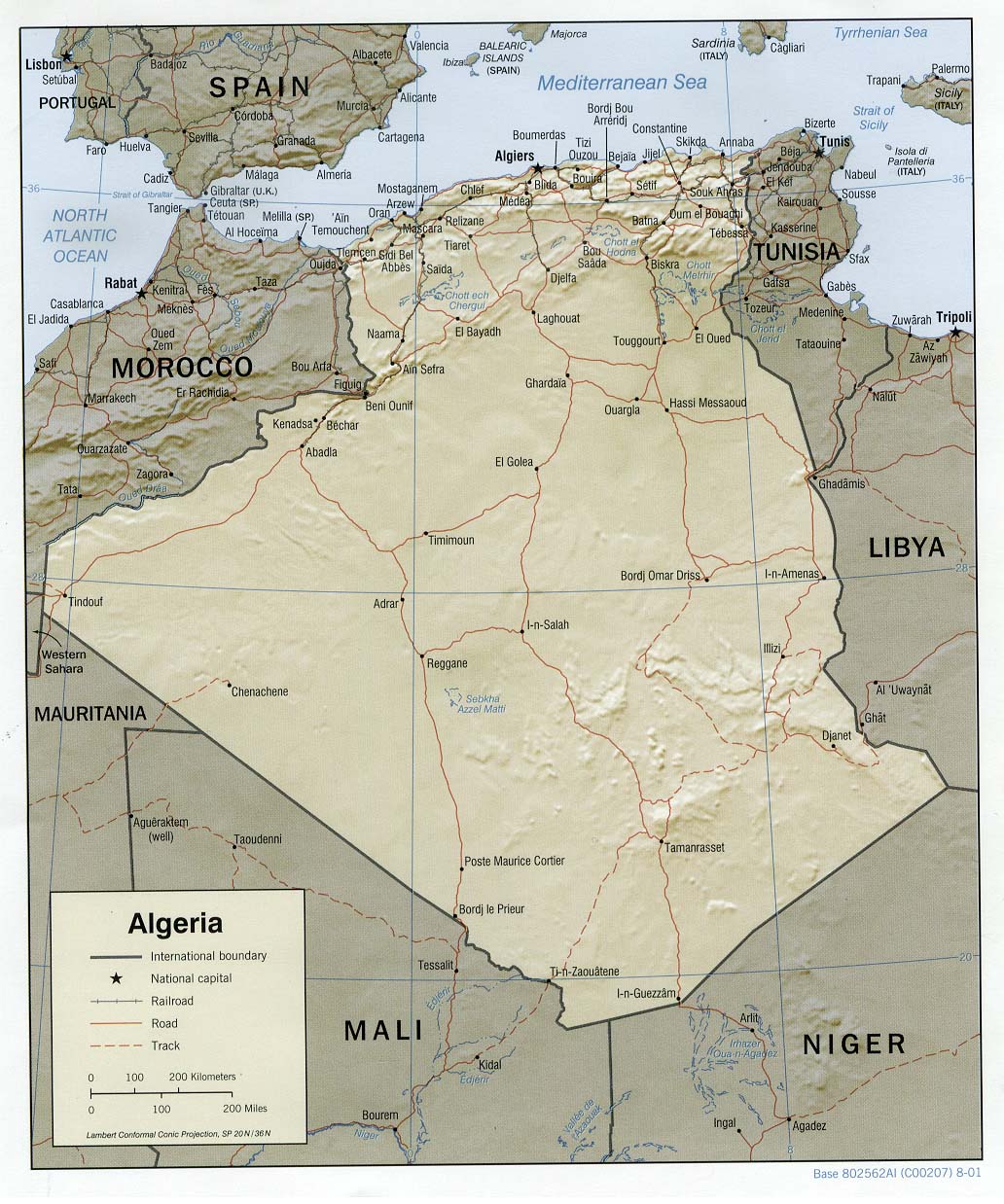Algeria, a country that was ruled by French colonizers and endured struggles for independence for more than a century, has now grown remarkably and substantially into a market-oriented economy through broadminded foreign investments. As with any developing country, multitude of factors may cause the stagnation however there are measure being done to uplift it's economy.
Significant increase in population has been critical in Algeria. In 2010, Algeria’s population rises to 36.5 million with a growth rate of 1.173%. This has remarkably attracts foreign investors to do business in Algeria.
The Maslow's Hierarchy of Needs has been the foremost and fundamental model utilize in any economic structure. It involves the spectrum of human needs that is universally relevant and straightforward, regardless of culture. The basic of this involves physiological needs that include a clean source of drinking water.
Water in Algeria
 |
| The Tenes Plant produces potable water for Algeria |
In Algeria, the 14th country with poor water resources, has 87% of the population in urbanized area with access to potable drinking water, however, 13 million inhabitants in the rural areas still does not have such supply. With the difficulty to obtain drinking water, people normally use water stocked in tanks, increasing the risk to acquire diseases. In estimation, Algeria’s current supply of water amounts to 5 billion cubic meters, inadequate to provide the 15-20 billion cubic meters of domestic demand. In addition to, the average availability for local consumption is at 55 liters per inhabitant/day. If the shortage of supply coincides with population growth, Algeria will only have 25 liters per inhabitant/day, catapulting the country from 14th to 6th place among countries with scarce water supply. In a desert country like Algeria, topographically deprived of water sources and worsen by semi-arid climate, the government confronts a colossal task to increase water resources to achieve the national need for water.
In lieu of the scarcity, the government developed a new national water policy that created the Ministry for Water Resources. Currently, the ministry has the third largest budget behind Defense and Education. In 2001, pre-existing institutions were replaced by newly-formed Algerienne des Eaux (ADE), a company geared to develop policy and manage water distribution systems. The National Agency of Dams was also founded with the purpose to improve storage capacity of existing dams and the creation of 50 additional dams before the year 2020.
 |
| Algiers, Algeria |
Moreover, Algiers, the capital city of Algeria, embarked on an extensive rehabilitation of the water distribution system. This includes partnership with the private sectors and the construction of sea-water desalination plants that will augment limited resources and climactic changes. The country’s desalination program is to be overseen by the Algerian Energy Company which was established in 2001 by Sonatrach, the national oil and gas company of Algeria, and Sonelgaz – State-owned gas and power distribution company.
Electricity in Algeria
In conjunction with the increase in population, Algeria’s electricity demand is growing at a rapid rate. Although shortage is not yet imminent, Algeria is currently exporting excess supply to Morocco and Tunisia. However, to be able to support the export industry which is also planning on diversifying to Europe, the country needs significant increase in capacity for the coming years.
Natural gas is the largest source of Algeria’s electricity generation. The year 2002, marked a significant increase in private investment for electricity generation. Joint venture with Algerian Energy Company by private investors is required by the Algerian law. Various partnerships are already been undertaken. Firstly, Algerian Energy Company contracted with Anadarko and General Electric to build the country’s first privately-financed, gas-fired power plant at Hassi Berkine. Secondly, In August 2003, France’s Alstom agreed to construct a 300-MW power plant at F’Kirina, 300 miles east of Algiers. Thirdly, In July 2003, Canada’s SNC-Lavalin obtained a contract to design and build an 825-MW, combined cycle power plant in Skikda, to be operational by the third quarter of 2005. In addition to, the Canadian company is set to build a 1,200-MW, also a combined cycle power plant in Tipasa, west of Algiers. Lastly, in 2005, Siemens is planning to build a 500-MW, gas-fired plant in Berrouaghia, to be operational by the last quarter of 2006.
In response to the growing needs in water and electricity supply in Algeria, annual expositions such as New-Fields' Electricity and Water Expo promotes opportunities to sustain and meet the increasing demand.


















